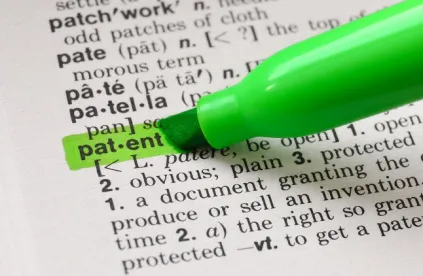IN RE: CHUDIK: March 27, 2017. Before Dyk, Reyna, and Stoll.
Takeaway
-
A prior art reference that must be distorted from its obvious design does not anticipate claims.
Procedural Posture
In an appeal from the USPTO where the PTAB affirmed the examiner’s rejection of Chudik’s claims as anticipated by two separate prior art references, the CAFC reversed because substantial evidence did not support the PTAB’s decision.
Synopsis
-
Anticipation: The claims on appeal were directed to a device used in shoulder replacement surgery requiring “a protruding surface on a first side arranged to engage the surface of a cavity formed in a glenoid extending between peripheral glenoid surfaces.” The PTAB sustained the examiner’s anticipation rejection under two separate prior art references because in each, surfaces could be “arranged” to engage with the specified regions even if they were not described or depicted as actually engaging. The CAFC agreed that the claims only required surfaces to be “arranged” to engage, but disagreed that the surfaces in each of the prior art references were capable of being “arranged.” The Board and Examiner’s modifications to the first reference would only be proper if an element was removed from its design without “tearing the invention apart.” Similarly, the modifications to the second reference would only be proper if the apparatus was rotated in a manner which would require relocating the screws for the reference to remain operable. The CAFC found these modifications to be impermissible because prior art that “must be distorted from its obvious design” does not anticipate a new invention.






 />i
/>i

